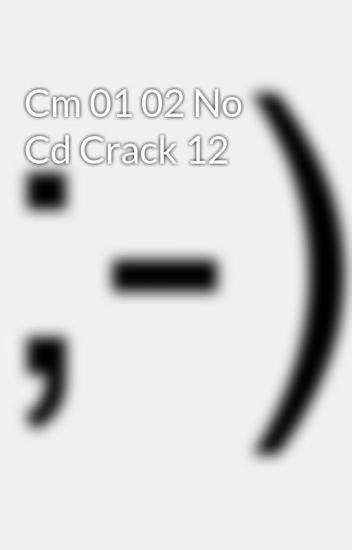


The price of VSDs was intended to be around half that of CD Video discs.

While this used the same CD-sized 12 cm format as CD Video, it only contained only an analog video track and no CD-compatible audio making it, in effect, a small LaserDisc. Ī similar format called Video Single Disc (VSD) was later announced for the Japanese market in 1990. Discontinuation and legacy ĬD Video lasted only a few years in the marketplace and was already being referred to as a "failed" format by mid-1990. (PAL LaserDiscs can only support analog or uncompressed digital soundtracks, but not both.) However, at that point, Philips estimated there to have been just 12,000 to 15,000 analog-only Laservision players sold in Europe. The use of digital audio on the relaunched "CD Video"-branded LaserDiscs rendered them incompatible with older analog-only "LaserVision" players made for the European PAL television standard. Despite this, the rebranded format remained unsuccessful in Europe. Philips' launch of the CD Video format (and the rebranding of existing LaserDisc formats under the name) also served as the basis of a relaunch for LaserDisc as a whole in Europe where sales under the original "LaserVision" name had been extremely poor, and Philips attempted to leverage the name recognition of the newly-successful audio CD format. (Both disc sizes, along with support for digital soundtracks, had been in use for several years before CD Video launched.) In addition, despite the name, they did not feature CD-compatible content as the smaller discs did. Unlike the newly-launched 12 cm discs, these were little more than a rebrand of existing LaserDisc formats.

The "CD Video" name and logo were also used to market some full-size (30 cm / 11.8") and EP-sized (20 cm / 7.9") LaserDiscs that featured a digital (rather than analog) soundtrack and the same gold colouring. Other uses of the name "CD Video" branding on 20 and 30 cm LaserDiscs Buying a costly new player was not an option just for the minor use of playing a single music video more easily accessible through a VHS videocassette, either purchased pre-recorded or recorded off a television programme with a VCR. įew of them were familiar with LaserDiscs, and far fewer owned CDV-compatible players at the time. However, both players and discs were too expensive for the youth market likely to be most interested in such content. The physical size of the 12 cm discs limited the amount of LaserDisc content to around six minutes, which meant they were primarily suited to pop music videos. This contains three audio tracks and one video by the band Lloyd Cole and the Commotions. A typical 12 cm CD Video release in its case.


 0 kommentar(er)
0 kommentar(er)
